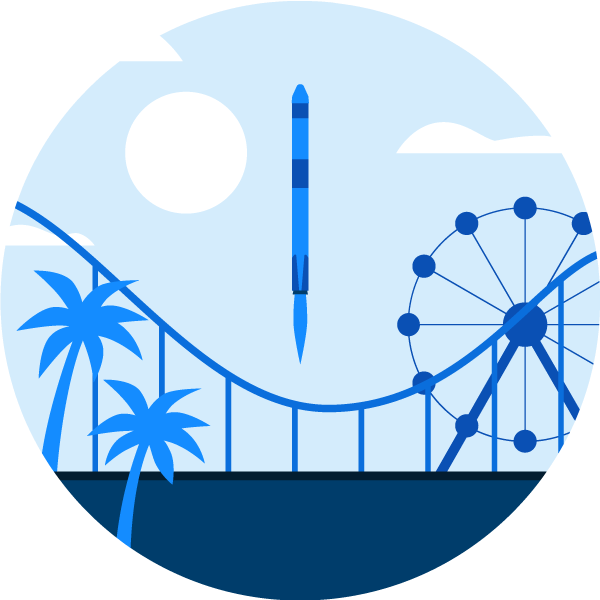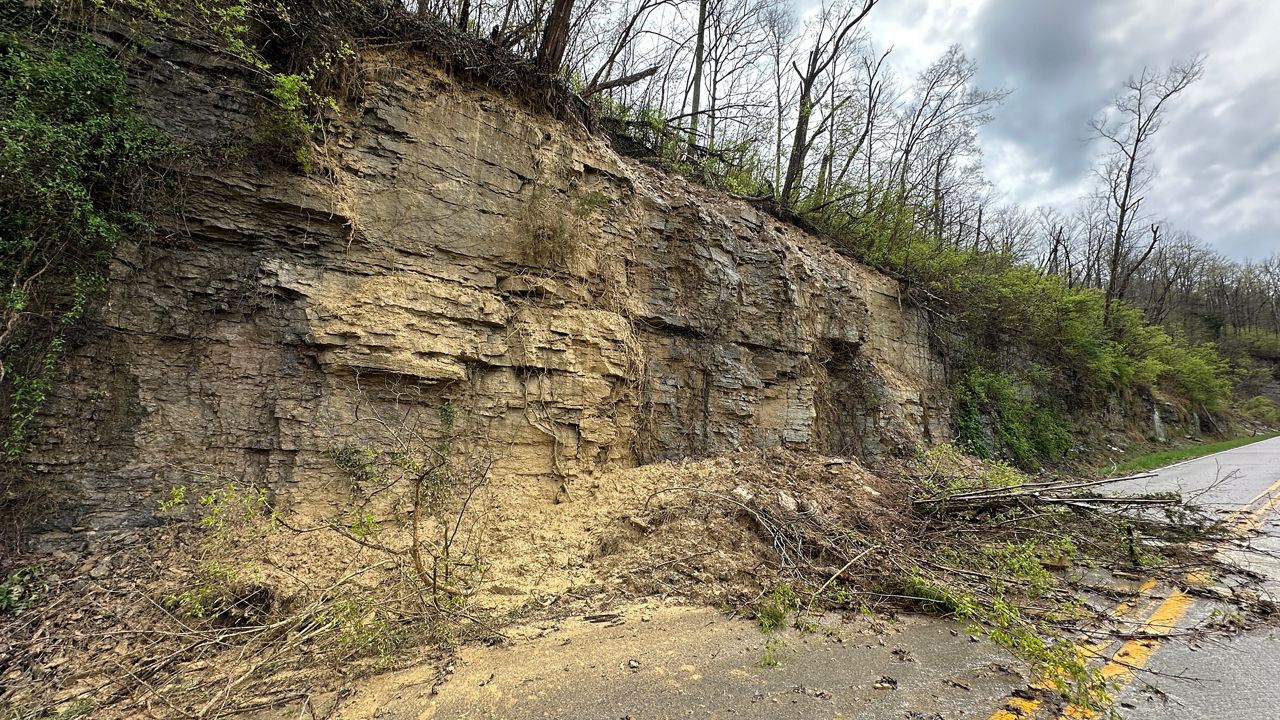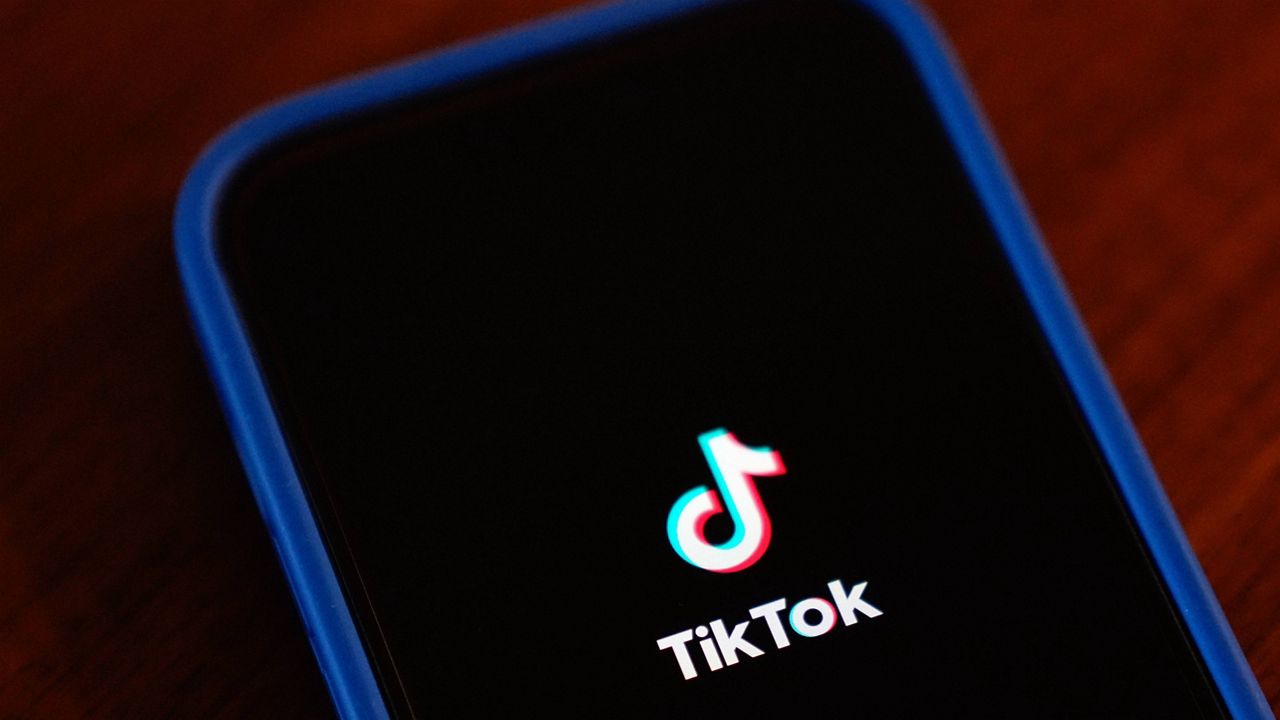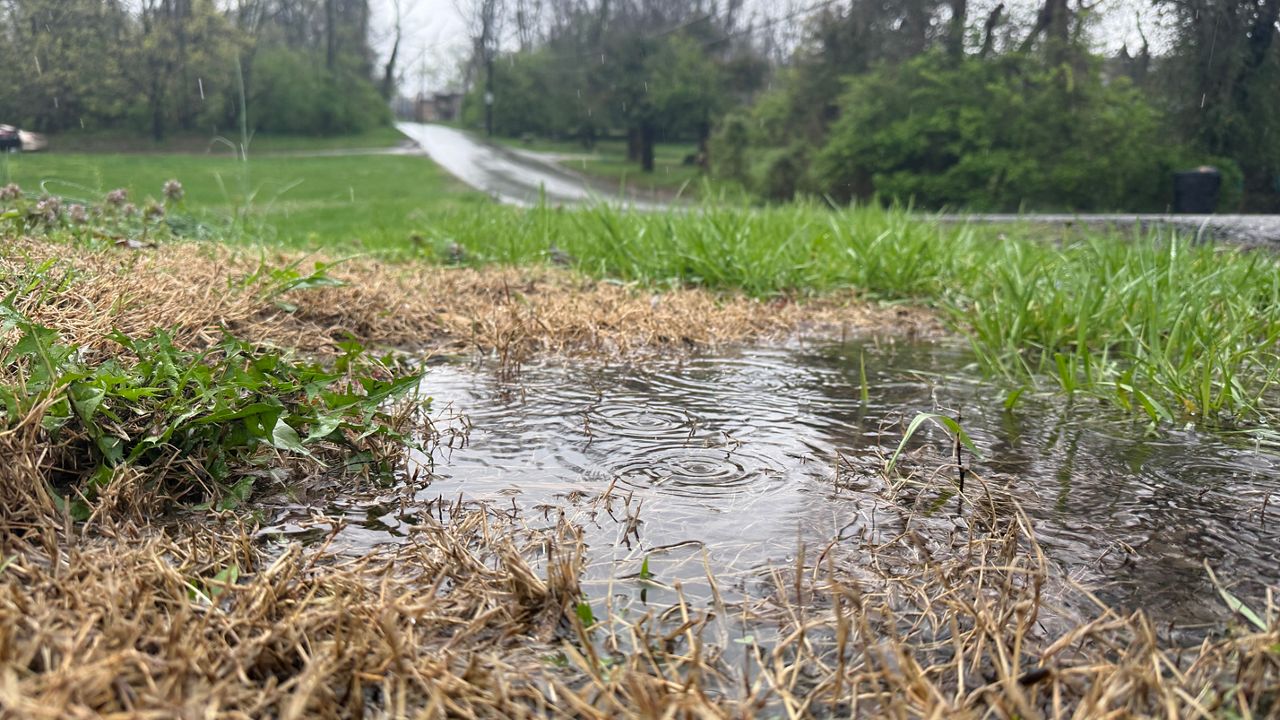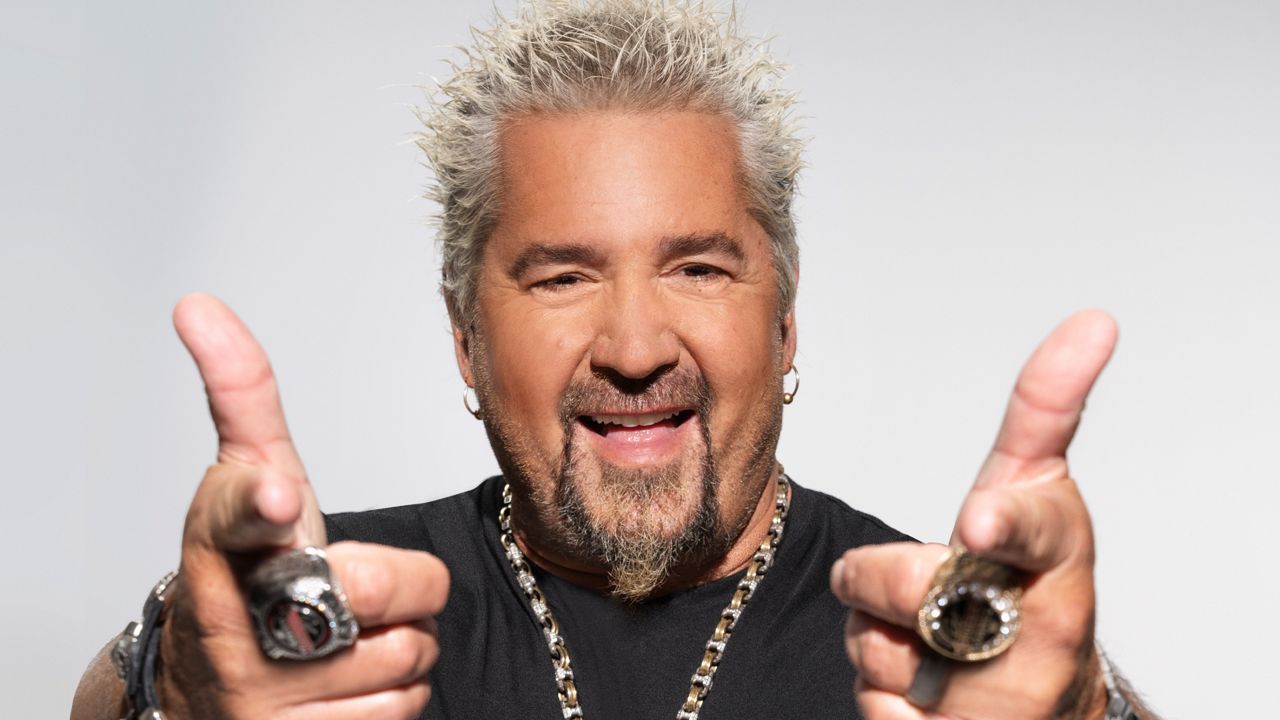LOUISVILLE, Ky. — Artificial Intelligence continues to grow and impact our daily lives. It also raises questions, such as, how to spot AI-generated images or protect artists’ work.
Sharon Kerrick spoke with Spectrum News 1 about spotting the differences between real and AI-generated images. She teaches at the University of Louisville as assistant vice president of Digital Transformation.
“What we’re seeing now is that we can generate or morph things from original art,” Kerrick said.
Each day, something new is revealed about the new technology. On this day, she shows an example of a photo.
“It looks very real, and things can be superimposed,” Kerrick said.
In plain sight, it looks very real, but it’s AI-generated.
“But if we look really closely, which most of us are not going to do, we can see on the side there’s a little piece of eyeglass,” Kerrick said, pointing to a photo on her screen.
She said it’s not easy to spot fake images.
“The key indicators for spotting things is really looking at the background, investigating whether or not something has a background piece and historic landmark,” Kerrick said. “You know, that doesn’t look like that again, in my mind. It would be difficult to have that knowledge to actually place it next to each other and I’ve been tricked many times.”
With the emergence of more AI content, Kerrick said there are companies investing in tools to weed out fake images.
“Again, these new tools that are coming out, as we talked about deep fakes that we have to utilize to analyze and bring forth that information because to our, just regular anyone we’re not going to be able to spot it,” Kerrick said.
The UofL Professor shares these tips in protecting original work:
- Watermark your art
- Put copyrights or original indicators on the art
- Run the art through an app similar to a deep fake detector

